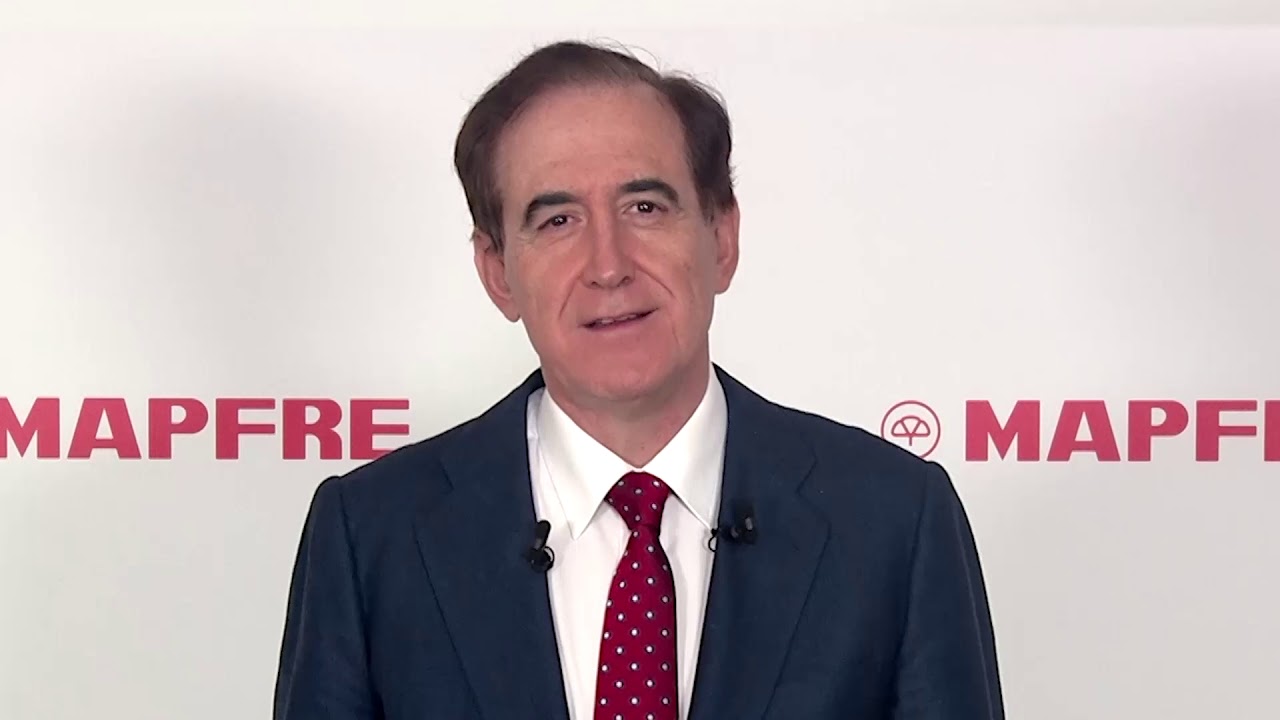MAPFRE recorded operating earnings of €658 million in 2020, highly affected by the COVID-19 crisis in the first six months of the year, while producing a solid result in the second half of the year, when it generated €388 million.
The Group’s revenues amounted to €25.42 billion, translating into a drop of 10.7 per cent when compared to the previous year, while premiums stood at €20.48 billion, 11.1 per cent less than in 2019.
This, MAPFRE noted, was the result of the global economic situation stemming from the COVID-19 crisis.
The combined ratio improved by nearly three percentage points in the 2020 fiscal year, closing at 94.8 per cent.
Of note was the solid progress in the Automobile line in all relevant countries.
The Group’s attributable equity at 2020 year-end stood at €8.54 billion and total assets amounted to €69.15 billion.

MAPFRE Group CEO Antonio Huertas
MAPFRE is a leader in the Spanish insurance market and is the number one multinational insurer in Latin America, where it is also a leader in the non-life insurance sector. It is one of the 10 largest European groups in premium volume and among the top 20 automobile insurance companies in the United States. Locally, the insurance giant is present through MAPFRE Middlesea plc and MAPFRE MSV Life plc.
MAPFRE’s investments amounted to €44.89 billion, with 52.1 per cent of this figure corresponding to sovereign fixed income, 18.1 per cent to corporate fixed income and six per cent to equities.
At the end of September 2020, the Solvency II ratio stood at 180.2 per cent, with 86 per cent high-quality capital (Tier 1).
This ratio is the result of a prudent approach to the balance sheet and active investment management and reflects MAPFRE’s strong and resilient balance sheet.
The coronavirus crisis has marked an unprecedented situation at the global level in all aspects.
Beginning in March, MAPFRE implemented measures intended to both ensure the safety of its employees and collaborators and to ensure the continuity of its operations. These measures have been adapted as the pandemic has progressed.
The most significant actions carried out in this context were the activation of the business continuity plan through remote working (up to 90 per cent of the workforce at certain times and in certain markets), also maintaining the essential services (tow-trucks, repair shops, medical centres, home repairs, burial services etc.).
In addition, significant actions also include the implementation of a strategy to protect the balance sheet and preserve the Group’s capital, with the necessary liquidity and financing in place to neutralize any monetary stress, especially in operations in emerging countries and the mobilization of resources to boost the economy through direct injections to society and measures to help policyholders, especially SMEs and the self-employed.
These measures are complementary to the additional social work carried out by Fundación MAPFRE to address this crisis.
MAPFRE Group’s social commitment in corporate tax contribution in 2020 was €298 million, equivalent to an effective tax rate of 26.6 per cent on earnings.
Almost 90 per cent of all assets in the MAPFRE portfolio, excluding sovereign debt, have high or very high ESG (environmental, social and corporate governance) scores, MAPFRE stressed.
It highlighted its strong social commitment to employment, with 98 per cent of MAPFRE’s 33,730 employees worldwide enjoying permanent contracts.
Noting its “strong commitment to diversity”, by end of 2020 46.3 per cent of vacancies in job positions of responsibility were filled by women. With regard to inclusion, people with disabilities now represent 3.3 per cent of the Group’s workforce.
During 2020 over 150,000 people benefited from the actions carried out by more than 4,750 employees and family members, thanks to the corporate volunteering program (despite having to scale down its activities during the year due to the pandemic).
“The Group is also committed to the environment by reducing its carbon footprint with a view to achieving global emissions neutrality by 2030.”
Main Image:
